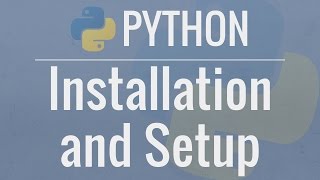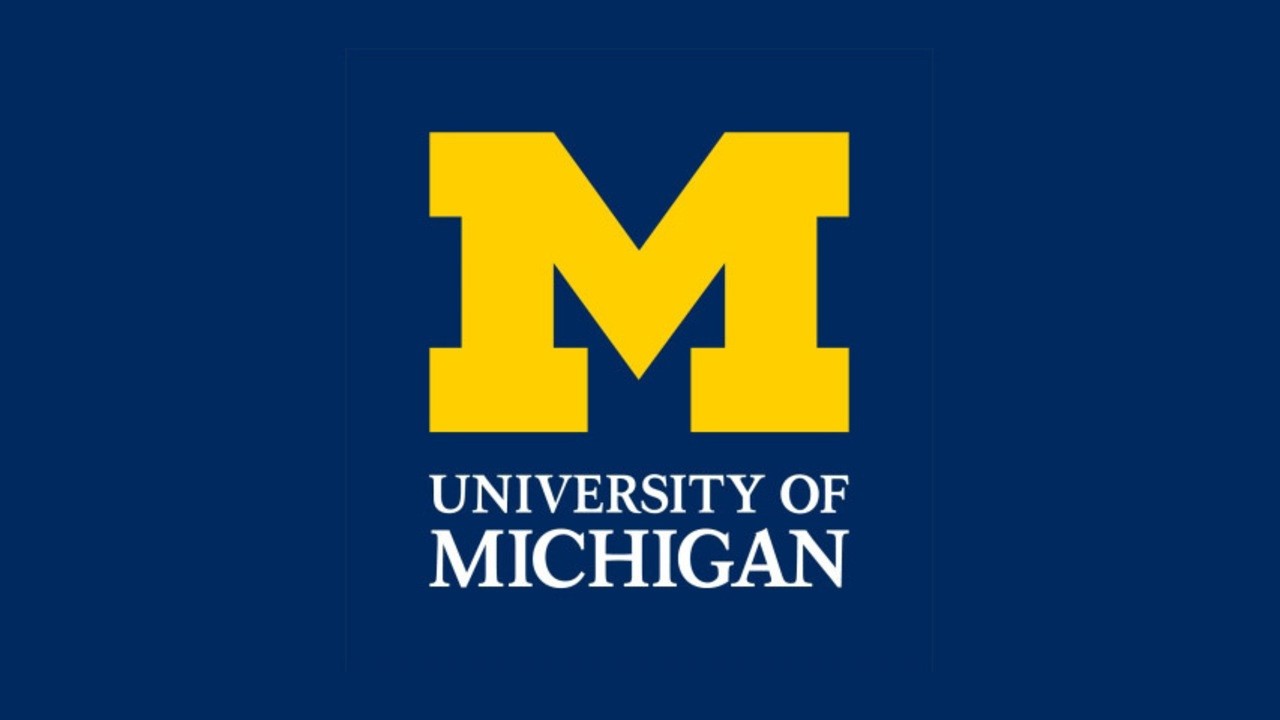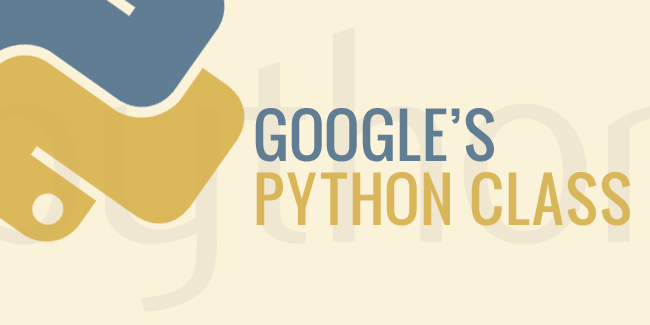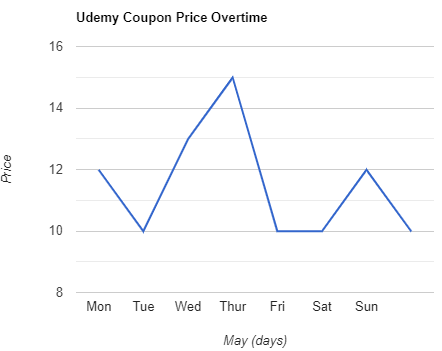 Quality Score
Quality Score
Content Quality
/
Video Quality
/
Qualified Instructor
/
Course Pace
/
Course Depth & Coverage
/
Overall Score : 0 / 100
 Live Chat with CourseDuck's Co-Founder for Help
Live Chat with CourseDuck's Co-Founder for Help
Need help deciding on a python course? Or looking for more detail on 's Unsupervised Deep Learning in Python? Feel free to chat below.
Join CourseDuck's Online Learning Discord Community
 Course Description
Course Description
This course is the next logical step in my deep learning, data science, and machine learning series. I've done a lot of courses about deep learning, and I just released a course about unsupervised learning, where I talked about clustering and density estimation. So what do you get when you put these 2 together? Unsupervised deep learning!In these course we'll start with some very basic stuff - principal components analysis (PCA), and a popular nonlinear dimensionality reduction technique known as t-SNE (t-distributed stochastic neighbor embedding).Next, we'll look at a special type of unsupervised neural network called the autoencoder. After describing how an autoencoder works, I'll show you how you can link a bunch of them together to form a deep stack of autoencoders, that leads to better performance of a supervised deep neural network. Autoencoders are like a non-linear form of PCA.Last, we'll look at restricted Boltzmann machines (RBMs). These are yet another popular unsupervised neural network, that you can use in the same way as autoencoders to pretrain your supervised deep neural network. I'll show you an interesting way of training restricted Boltzmann machines, known as Gibbs sampling, a special case of Markov Chain Monte Carlo, and I'll demonstrate how even though this method is only a rough approximation, it still ends up reducing other cost functions, such as the one used for autoencoders. This method is also known as Contrastive Divergence or CD-k. As in physical systems, we define a concept called free energy and attempt to minimize this quantity.Finally, we'll bring all these concepts together and I'll show you visually what happens when you use PCA and t-SNE on the features that the autoencoders and RBMs have learned, and we'll see that even without labels the results suggest that a pattern has been found.All the materials used in this course are FREE. Since this course is the 4th in the deep learning series, I will assume you already know calculus, linear algebra, and Python coding. You'll want to install Numpy, Theano, and Tensorflow for this course. These are essential items in your data analytics toolbox.If you are interested in deep learning and you want to learn about modern deep learning developments beyond just plain backpropagation, including using unsupervised neural networks to interpret what features can be automatically and hierarchically learned in a deep learning system, this course is for you.This course focuses on how to build and understand, not just how to use. Anyone can learn to use an API in 15 minutes after reading some documentation. It's not about remembering facts, it's about seeing for yourself via experimentation. It will teach you how to visualize what's happening in the model internally. If you want more than just a superficial look at machine learning models, this course is for you.
 Students also recommend
Students also recommend

-
Python Tutorial for Beginners by Corey Schafer (2017)
-
4.8 (28 Reviews)
-
 Provider: YouTube
Provider: YouTube Time: 9h
Time: 9h
Free









